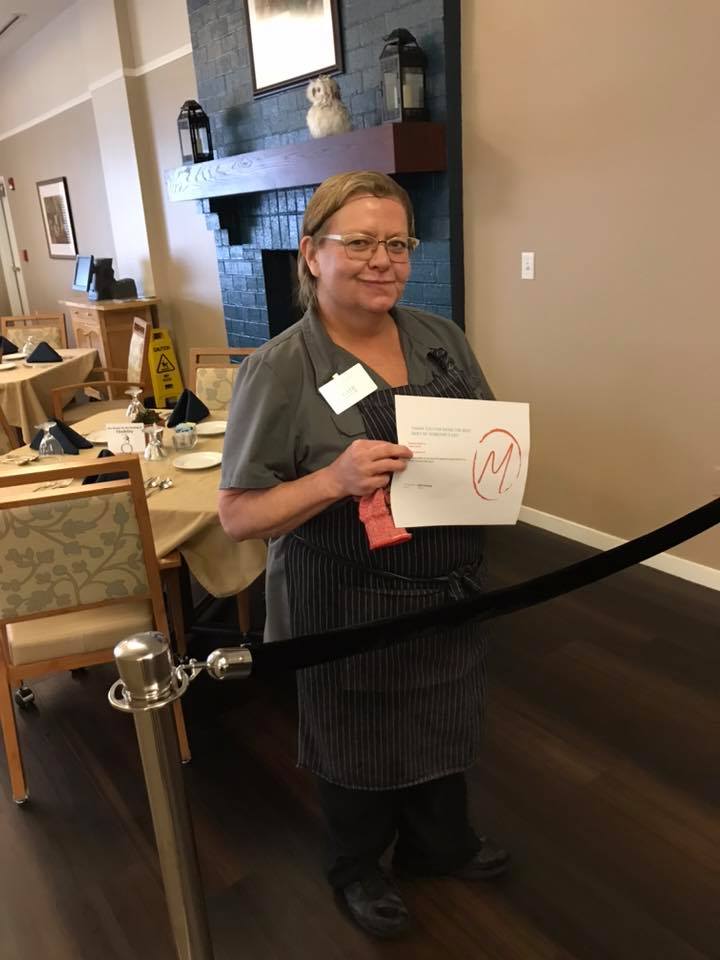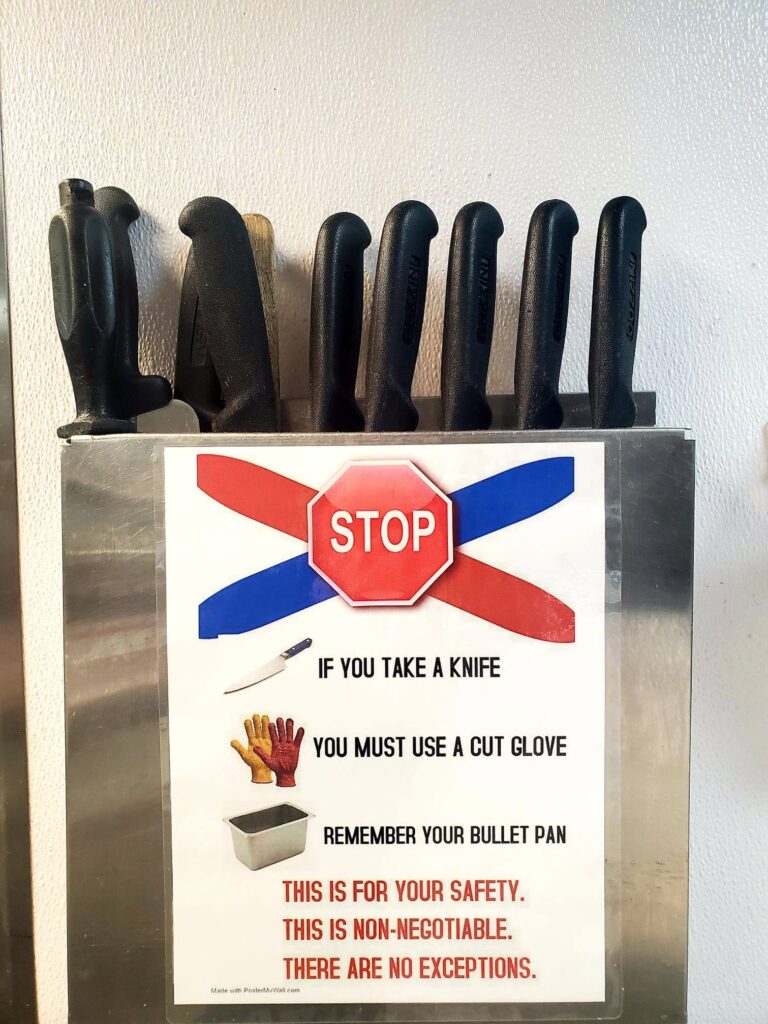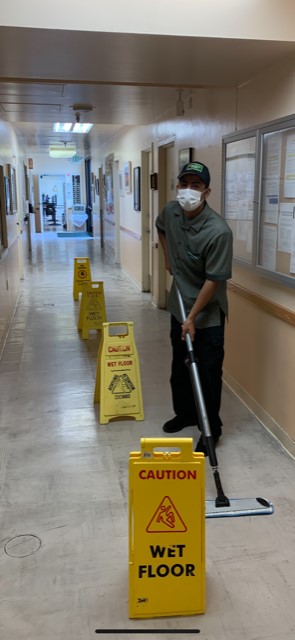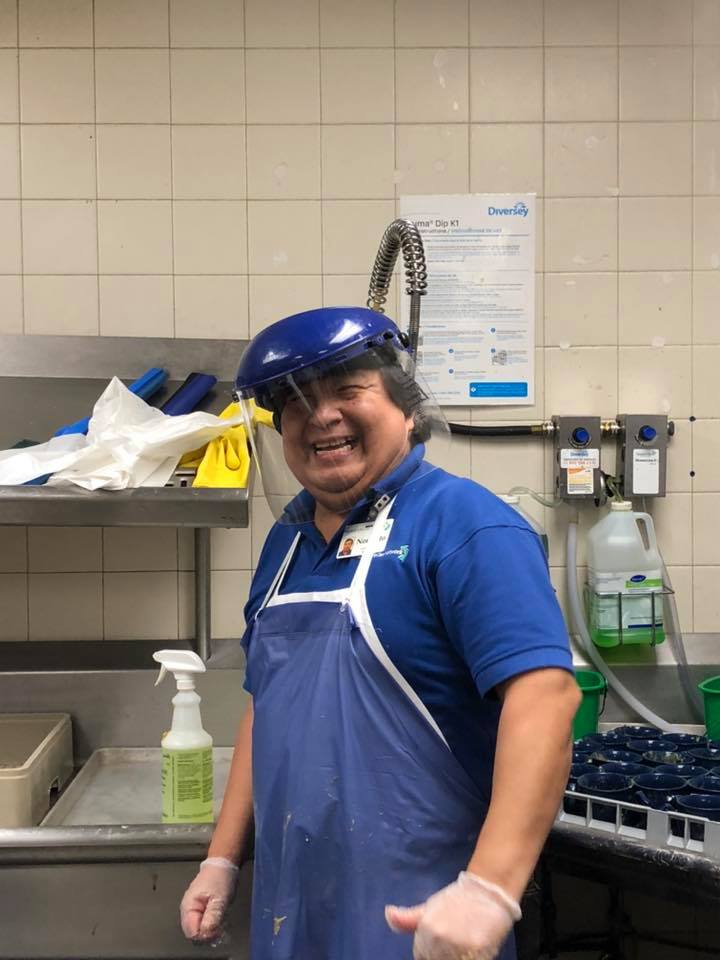
National Safety Month: How to Create a Safe Workplace Environment
By Max Silver, Safety Manager at Morrison Living
June is National Safety Month, and workplace safety is important in every industry. It’s been proven, when associates feel safe at work, not only does their job satisfaction increase, but they also stay with the company longer. In today’s uber-competitive hiring market, associate retention is more critical than ever. A decrease in safety incidents can yield an increase in the workforce!
Morrison Living’s Safety Manager, Max Silver, has developed these four steps to help reduce injuries in the workplace.

- TRAIN
What better time to discuss safety standards than when new associates join the organization? Although experience is usually preferred and can reduce training time, it certainly doesn’t eliminate the need to train on safety. Studies show, when training plans focus on workplace dangers, safety hazards and claims are reduced. Though it may be tempting, never skip a safety discussion. One conversation can be the key to injury prevention in the future. Consistency is key!

2. TARGET SAFETY MESSAGING
Safety messaging should focus more heavily on the items that are creating the most injuries. This seems like a pretty simple concept, right? Try the 25/25/50 safety content ratio: 25% on the top cause of injury, 25% on the second leading cause of injury, and the remaining 50% on a broad spectrum of safety messaging to continuously work to eliminate injuries.

3. FOCUS ON THE WHY
When we focus on safety training, it’s important to keep “the why” top of mind. Simply telling someone that cleaning food debris off the floor is important, but also sharing “the why” makes it that much more effective. Saying, “Food debris can clog up your nonslip shoes. Injuries that result from that can include a fall, broken bones, and even a concussion. We want to send you home in the condition in which you arrived. By focusing on floor cleaning, we are more likely to meet that goal,” can go a lot further. Describing the potential outcomes can help paint a picture and drive the safety point home.

4. FOCUS ON THE POSITIVE
Managers are busier than ever these days and might not get the opportunity to speak to all of the safety concerns they notice right away. Requiring a little more time and energy, it is imperative to make these moments teachable to maintain a safe work environment. “I’ve said this 1000 times already,” might go through their mind, but let’s take the opportunity to induce a paradigm shift. How often do we praise the associates who are working safely, cleaning the floors, and wearing PPE without reminders? If we spend time praising the positive, we can change our culture. A more positive culture will get more buy-in from the associates and create an atmosphere of trust.
